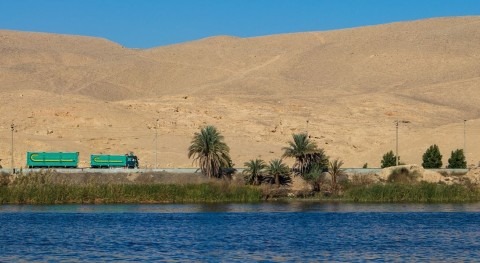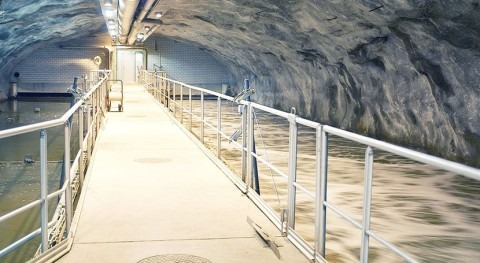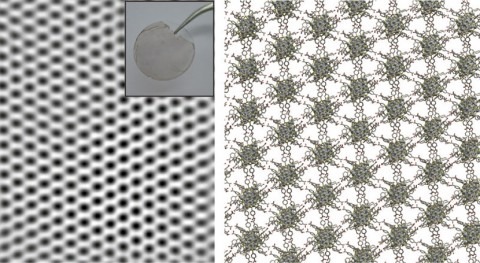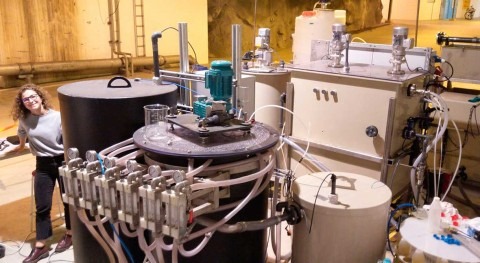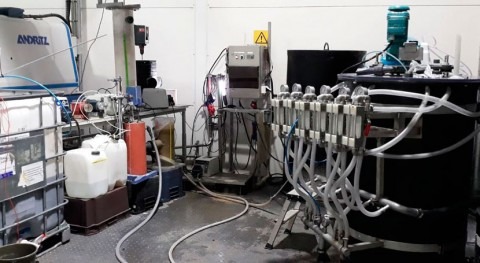Transboundary water cooperation between Finland and Russia functions nowadays fluently, with several unique features. Reaching this stage has been a long process with fascinating political developments. Water played an important role also in the peace agreements between the countries after the World War II.
Water cooperation between Finland and Russia is well-functioning. The countries share 19 major river basins and the cooperation on all shared waters is coordinated by the joint Finnish-Russian Transboundary Water Commission. The Commission’s work builds on a set of progressive bilateral agreements that include compensation mechanisms going both ways. But what is behind the present-day success?
A new study by Aalto University researchers Juho Haapala and Marko Keskinen explores the 100-year history of Finnish transboundary water interactions with Russia, using a historical institutionalism as its lens.
Although there exist numerous analyses of historical relations between Finland and the Soviet Union / Russia, the history of water interactions between the countries has not been systematically mapped in the past. In the article, such interactions include both water diplomacy and transboundary water cooperation.
The article divides the water interactions between Finland and Russia over past 100 years into four distinct periods. Of particular interest is how the interaction was built from the tense post-war situation after World War II into the current expert-driven collaboration.
‘The situation that we see today is a result of a fascinating historical path where the countries’ complex political relations are closely interwined with the societal significance of water,’ says Juho Haapala, a postdoctoral researcher at Aalto University.
From peace agreements to transboundary cooperation
In the post-war peace agreements, Finland lost not only remarkable land areas but also parts of several important waterways. At the same time, the number of significant transboundary river basins between the countries tripled.
A significant part of the vitally important Vuoksi watershed was ceded to the Soviet Union, including two new hydropower plants. The loss of electricity generation was a severe blow to a young, industrialising nation. The location of hydropower plants and the related forest industry contributed also to the way the new border was drawn.
While the war ended in 1944, Finland had to cede an additional land area still in 1947. This process was also strongly related to water, as the main motivation for the Soviet Union to demand the area was the gain control of the Jäniskoski hydropower plant.

Map showing some of the transboundary waters between Finland and Russia. Map: Marko Kallio
The post-war situation between the countries was very tense and distrustful, and cooperation on shared waters was practically non-existing as well. Instead, both countries operated unilaterally on their parts of transboundary rivers.
The strong role of Finnish president Urho Kekkonen in the political relations between Finland and the Soviet Union is often emphasised. Kekkonen had an important role also in the gradual establishment of water cooperation between the countries, providing important political support. He also played a key role in agreeing on the lease of the Saimaa Canal.
After the war, also the Saimaa canal became transboundary. The use of the canal ended for almost two decades, leaving the industries in South-Eastern Finland without a crucial maritime connection. When the countries in the early 1960s reached an agreement where Finland leased the canal area, negotiations between Kekkonen and Nikita Khrushchev, the head of the Soviet Union, were critically important. The leasing agreement of the Saimaa Canal is still in force, being unique in the world.
The golden age of water diplomacy
From the 1960s onwards, water diplomacy between the countries took great strides. The 1964 Watercourses Agreement between the countries was progressive, and it has withstood many political upheavals, including the collapse of the Soviet Union. The Agreement has also been complemented by additional agreements, which define e.g. the principles for compensation mechanisms in the Vuoksi river basin.
‘Finland is a pioneer in transboundary water cooperation,’ says Marko Keskinen, Associate Professor at Aalto. ‘Finland has initiated both UN conventions on transboundary water cooperation and is actively supporting their implementation. Here we have also made use of our own experience with the Soviet Union and later with Russia.
Although transboundary cooperation is based on joint institutions and is mainly technical by its nature, it is strongly influenced by political relations between the countries. The long history of Finnish-Russian interactions show how many steps it takes to establish a well-functioning cooperation.
‘Water diplomacy is an important part of Finland's current foreign policy and peace mediation activities. Only a few countries that are as active in water diplomacy have first-hand experience on this kind of a highly politicised but ultimately successful cooperation process,’ Keskinen emphasises.
What does the future of transboundary cooperation look like?
Both Russia and Finland consider well-functioning water cooperation important.
Over the past decade, the implementation of cooperation has increasingly shifted from the national level to the regional level. Finland's EU membership in 1995 brought a new institutional layer, which also affected bilateral relations.
The impacts of climate change are visible in transboundary waters as well. Extreme weather events underline the importance of e.g. joint flood forecasting systems. Changing climate puts also pressure on the existing agreements, as they are based on historical flows and water levels.
The transboundary water cooperation between the countries continues thus to evolve. Also important research themes remain. It would, for example, be interesting to analyse the water cooperation from the Russian point of view.
While the political relations between Finland and Russia change and evolve, the shared waters remain. Water connects the countries – and emphasises the importance of effective cooperation.




